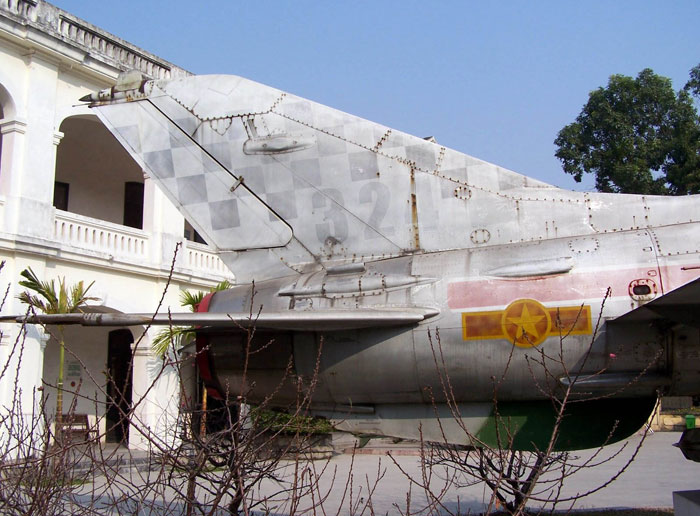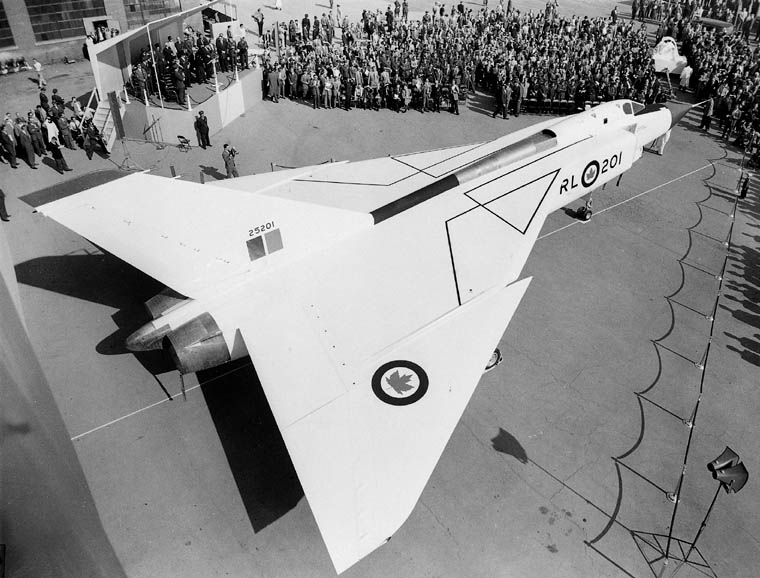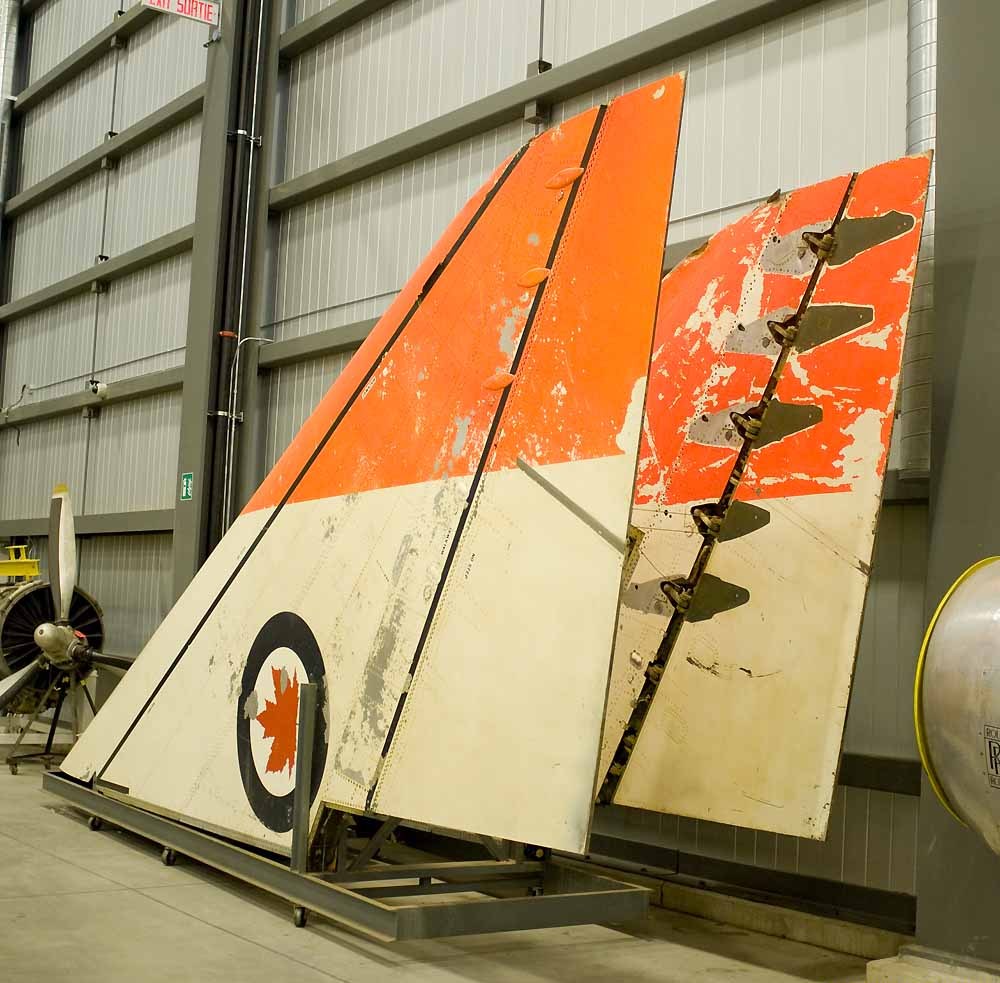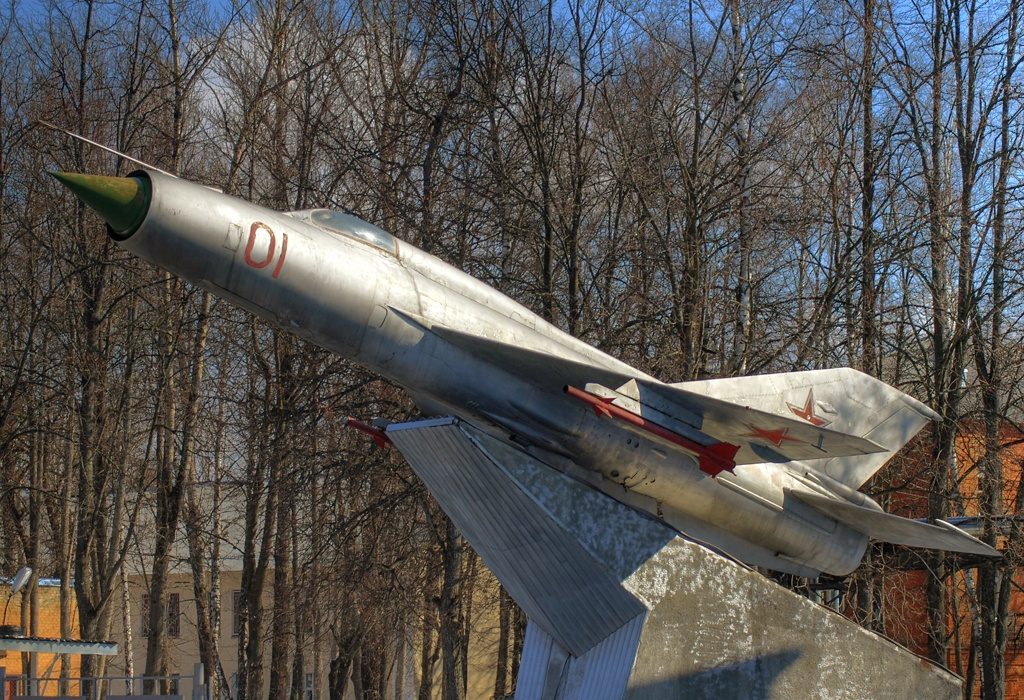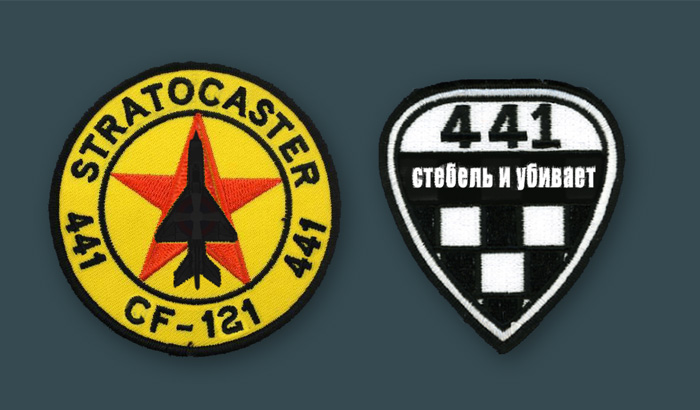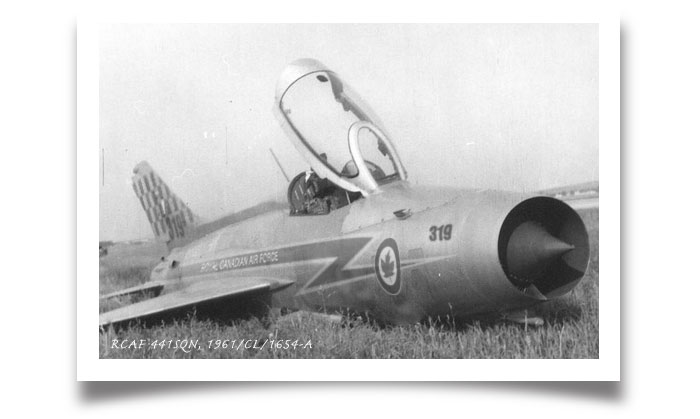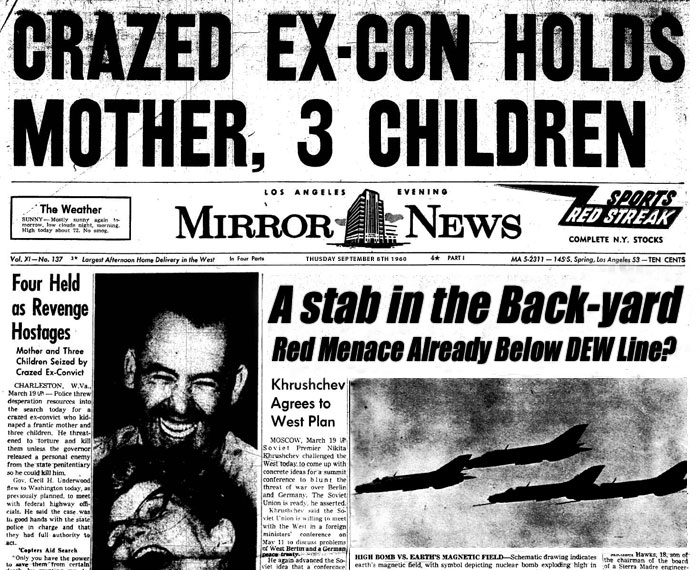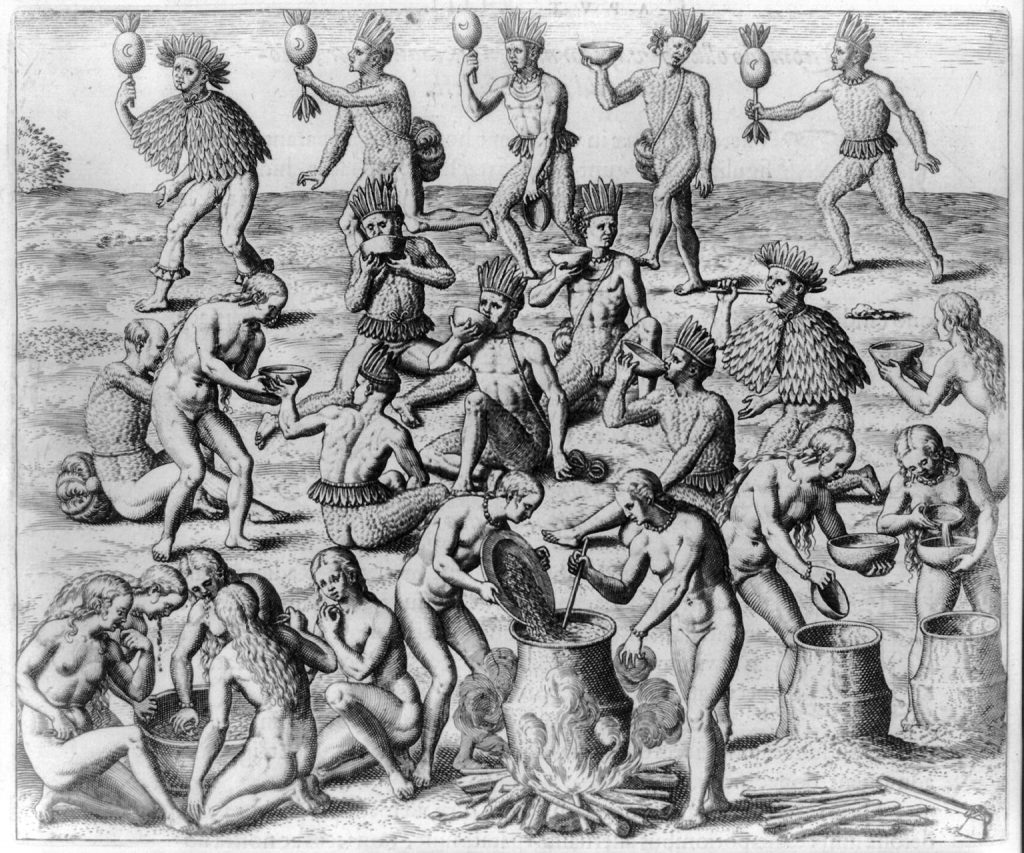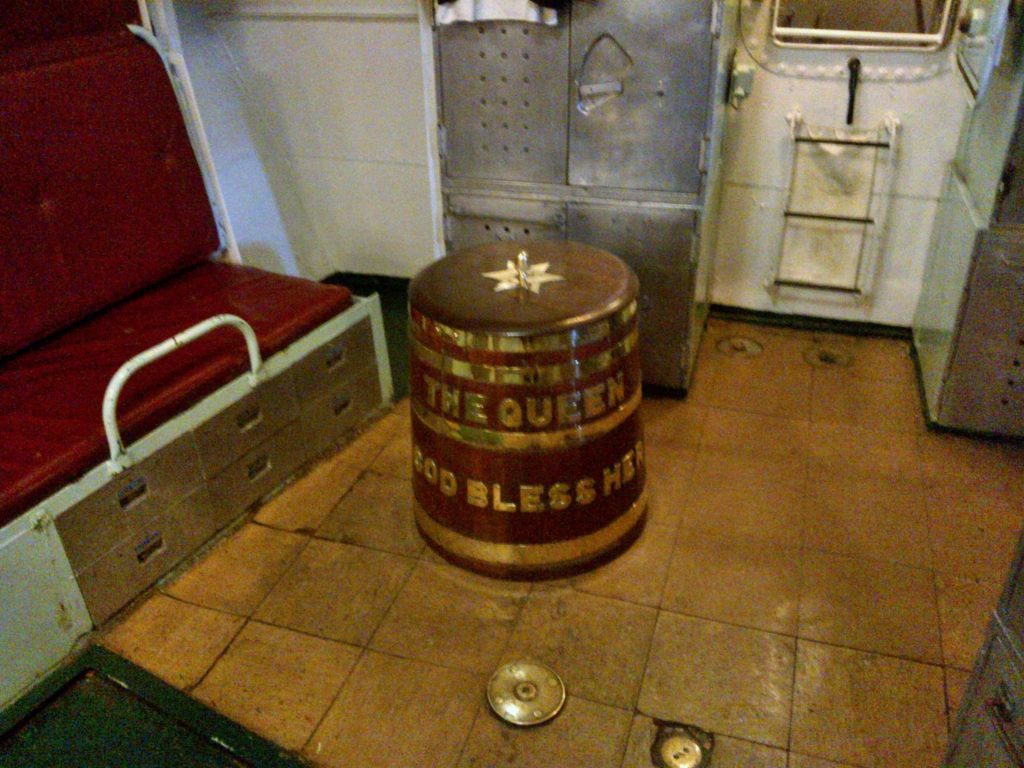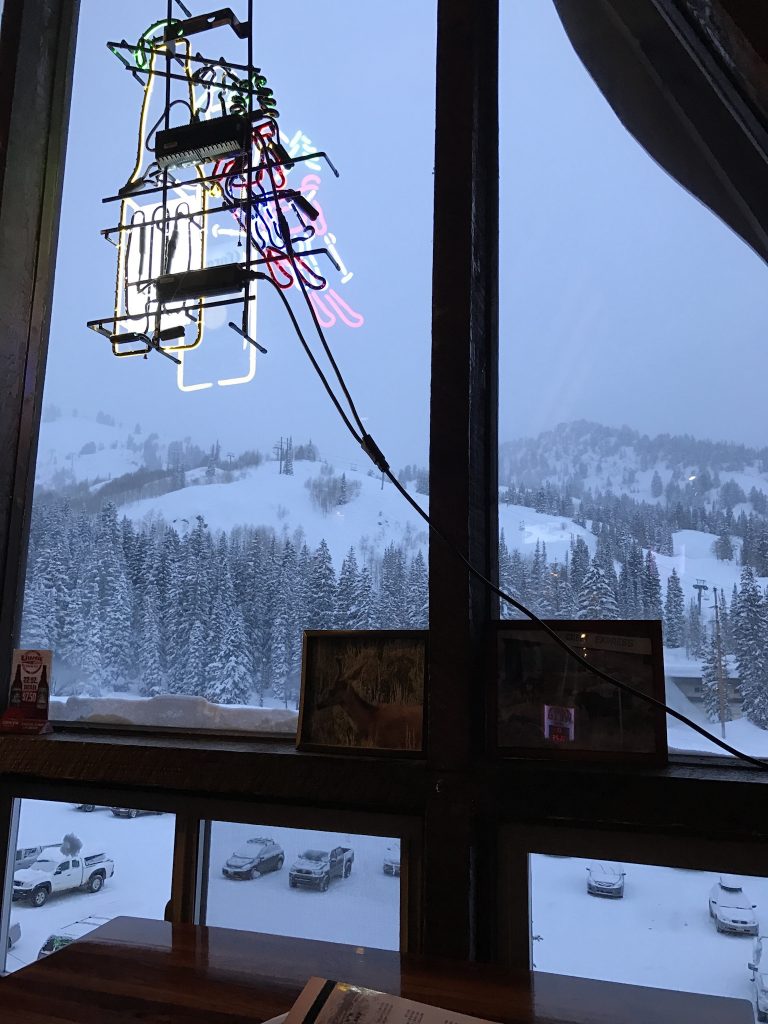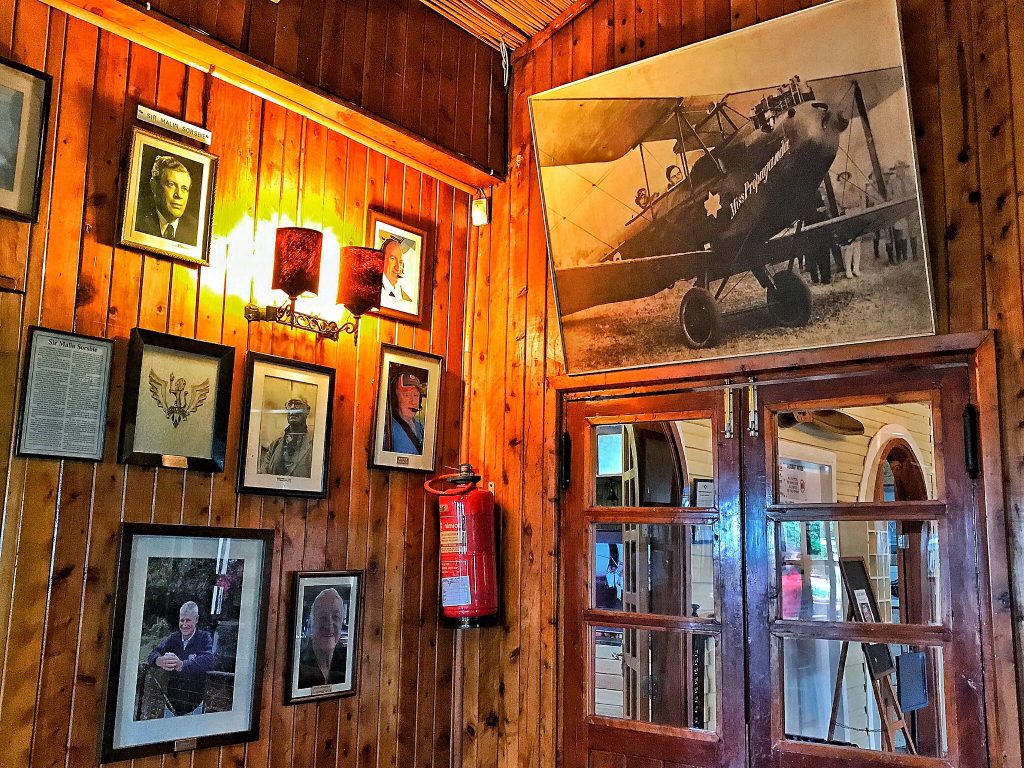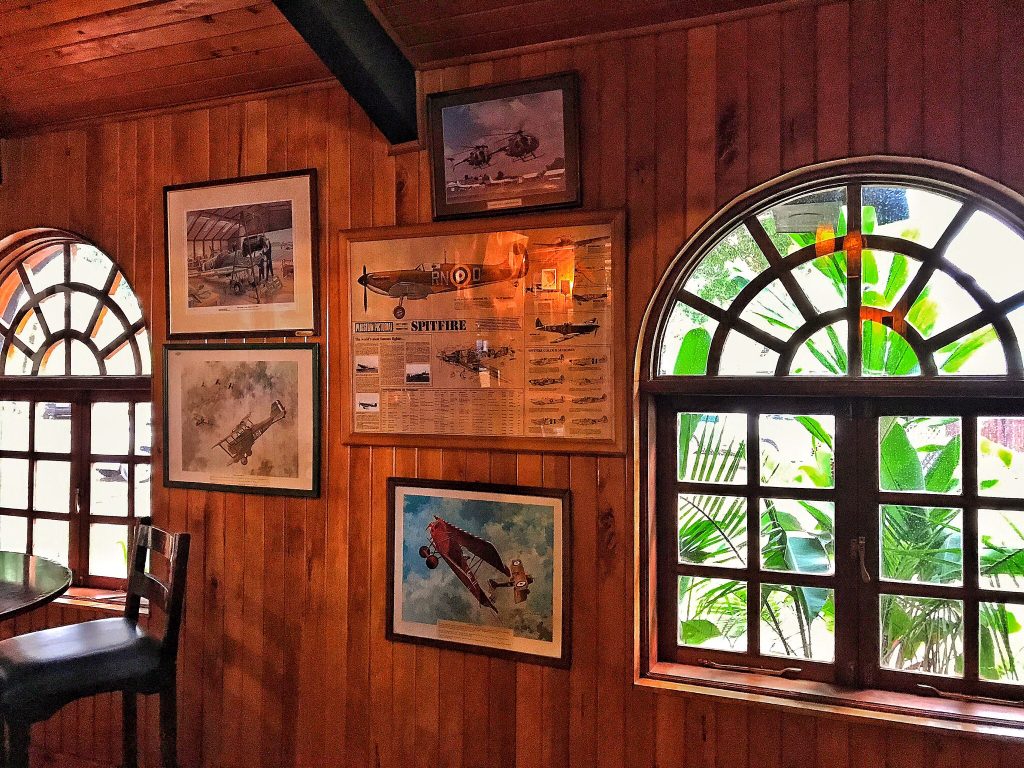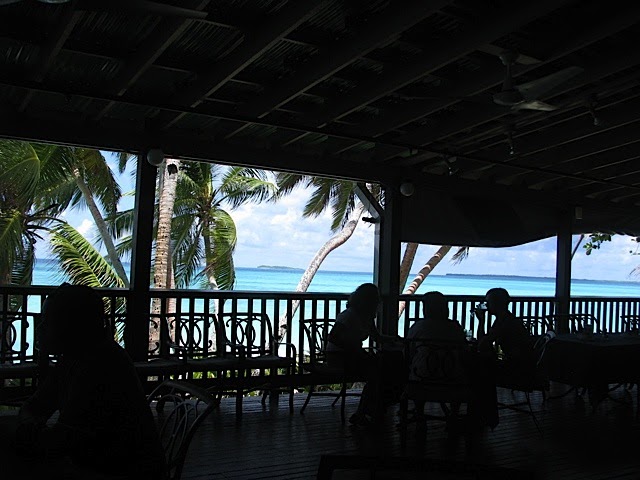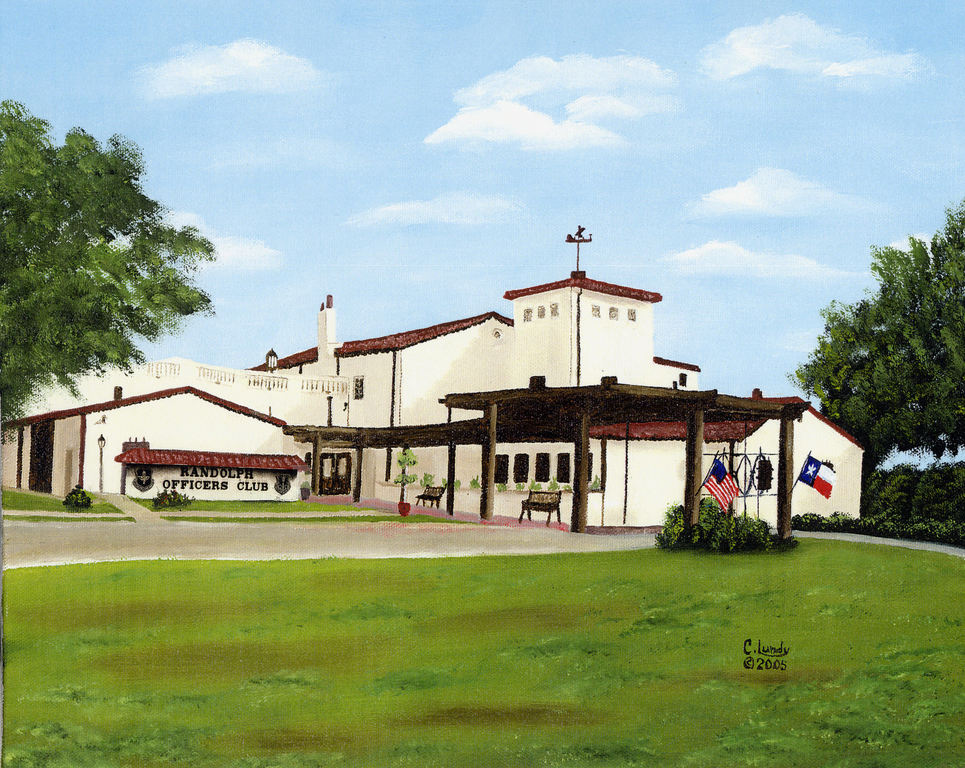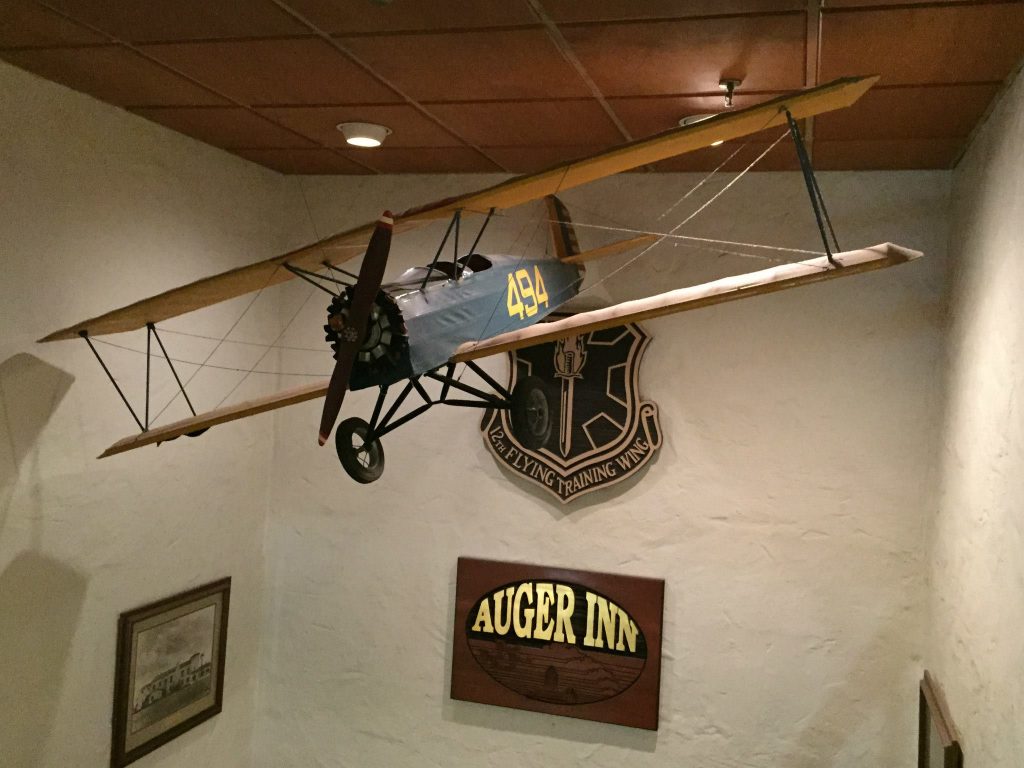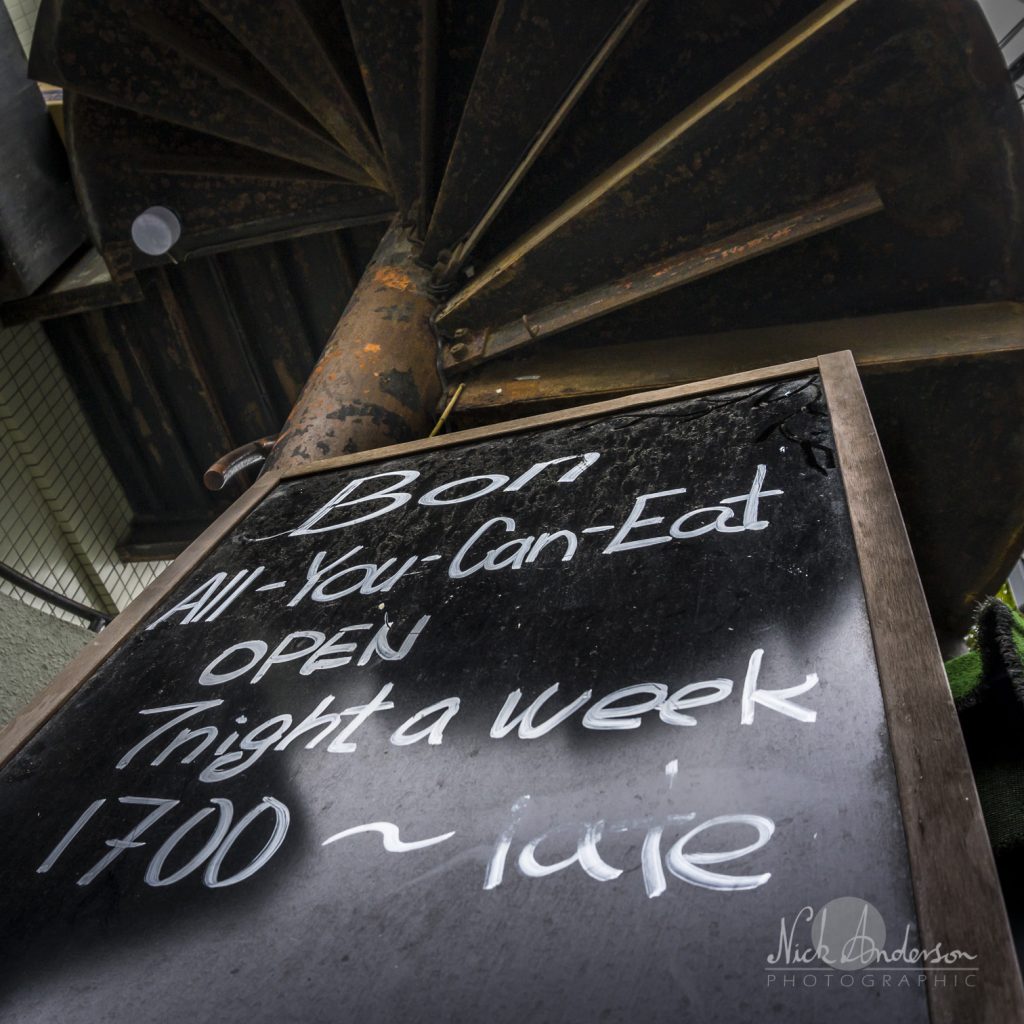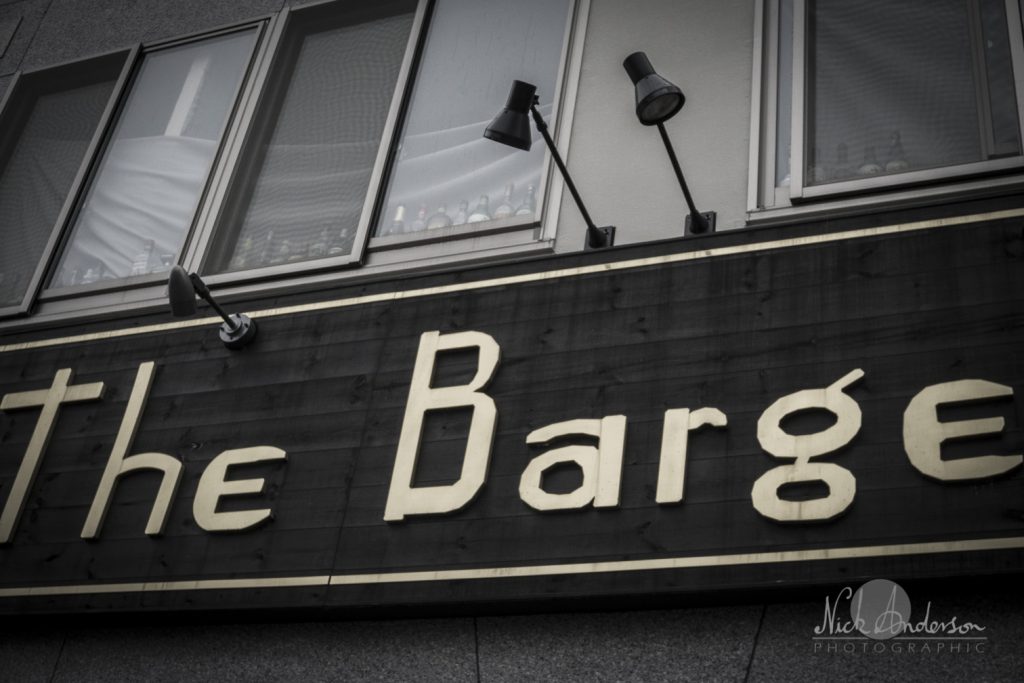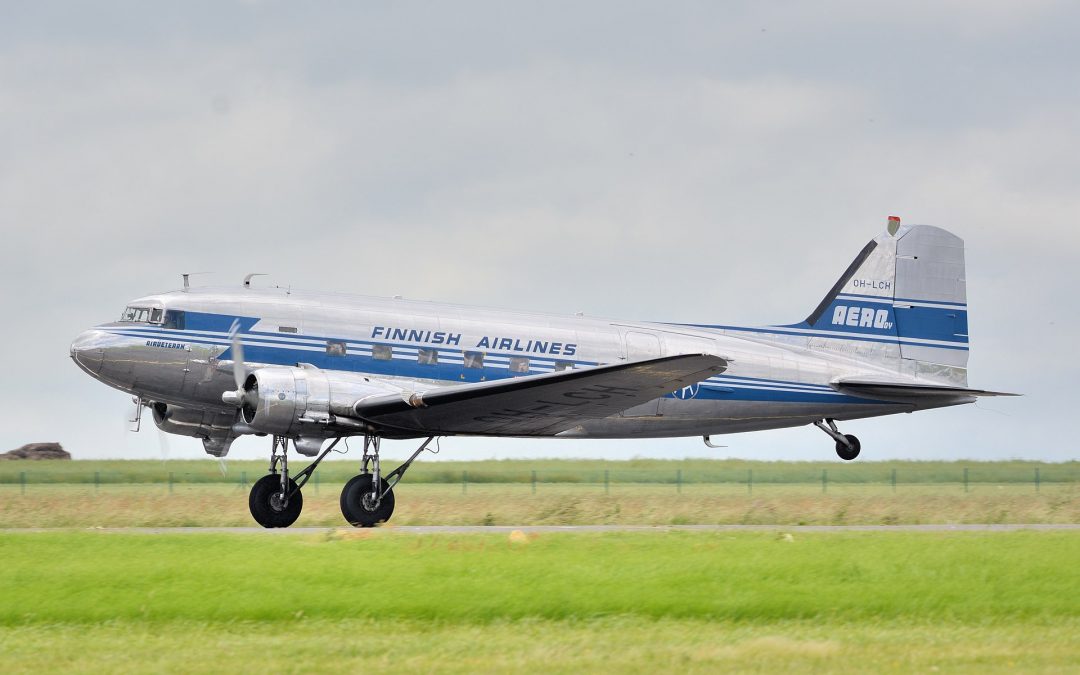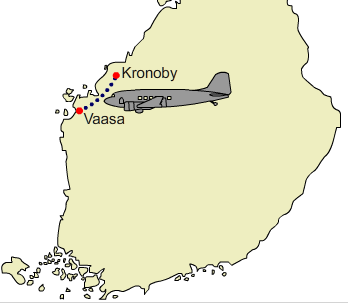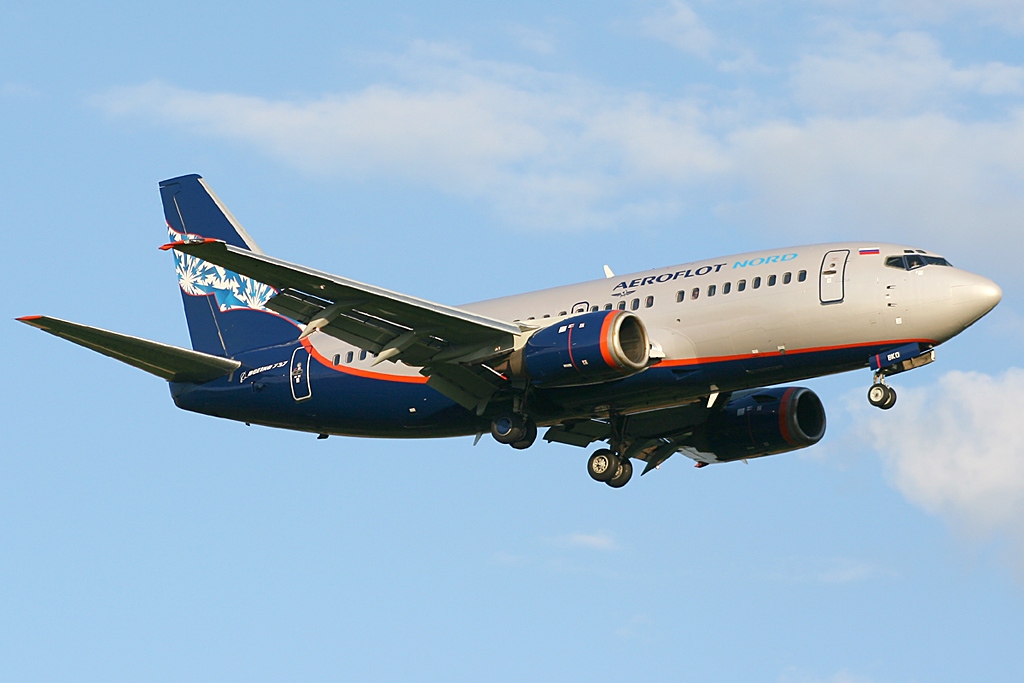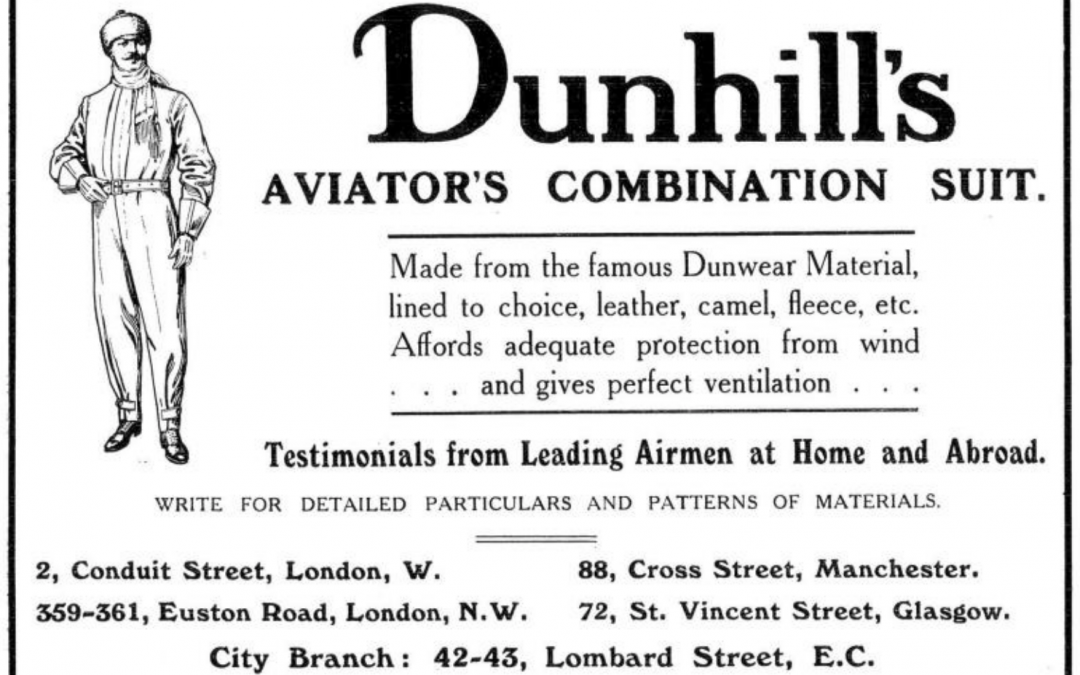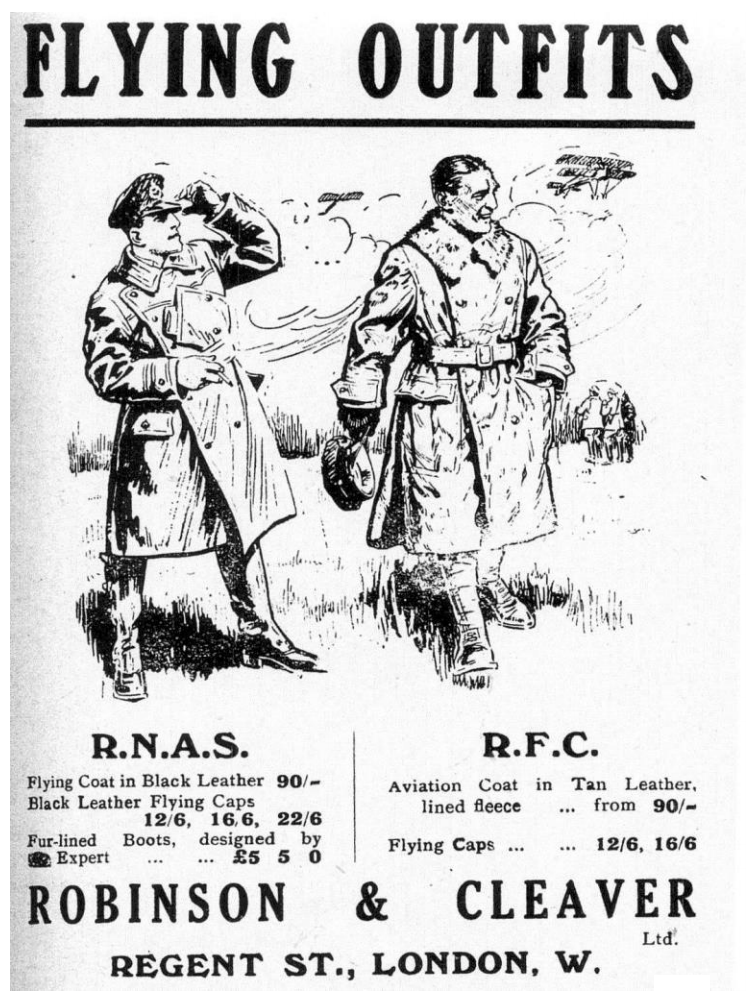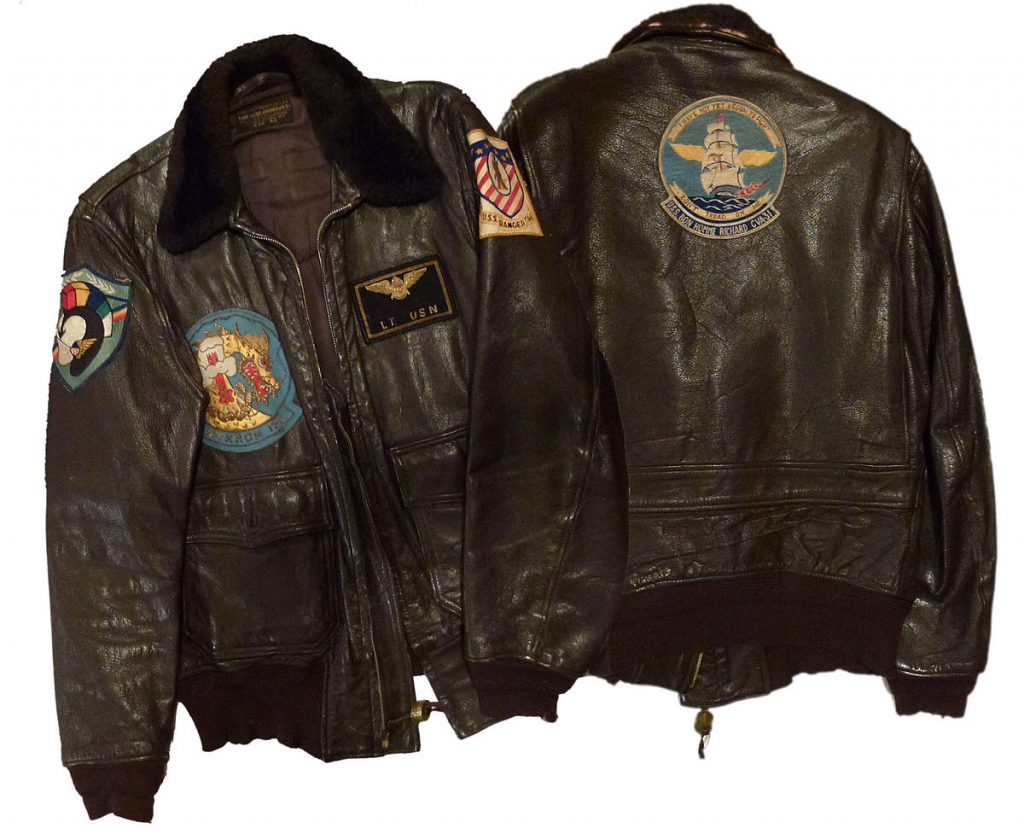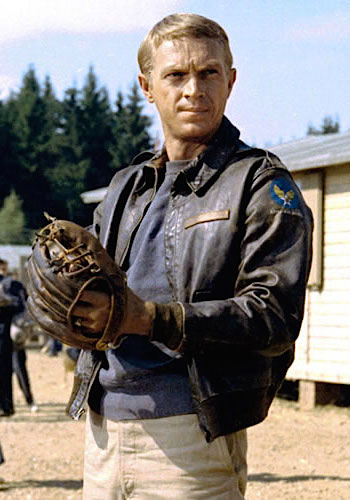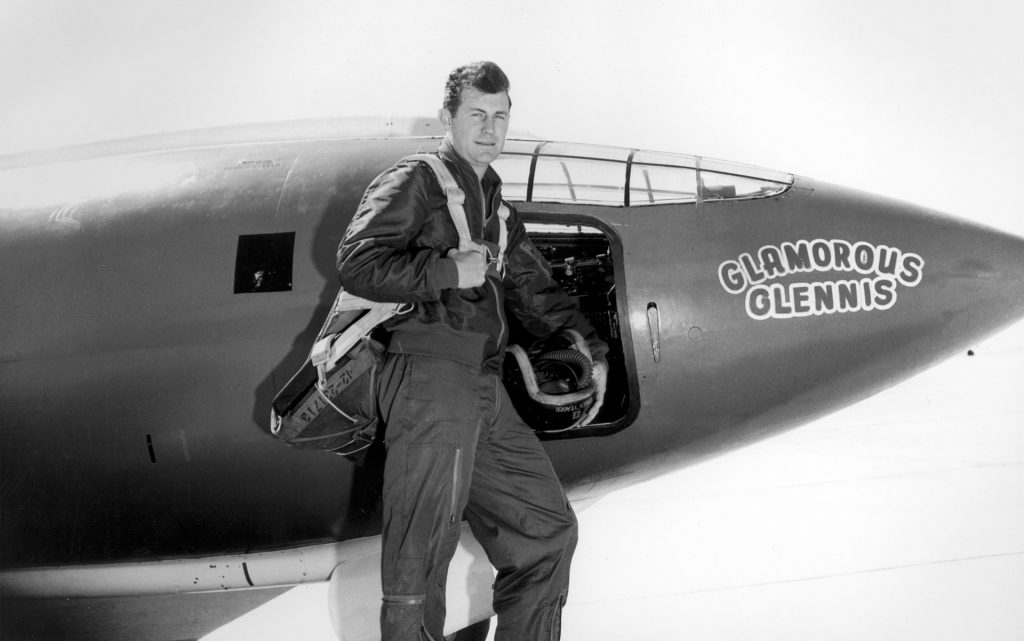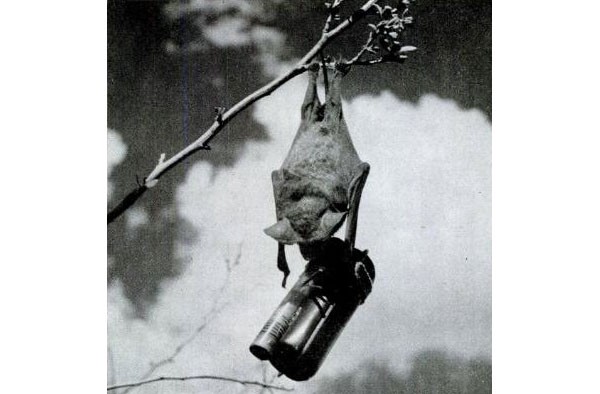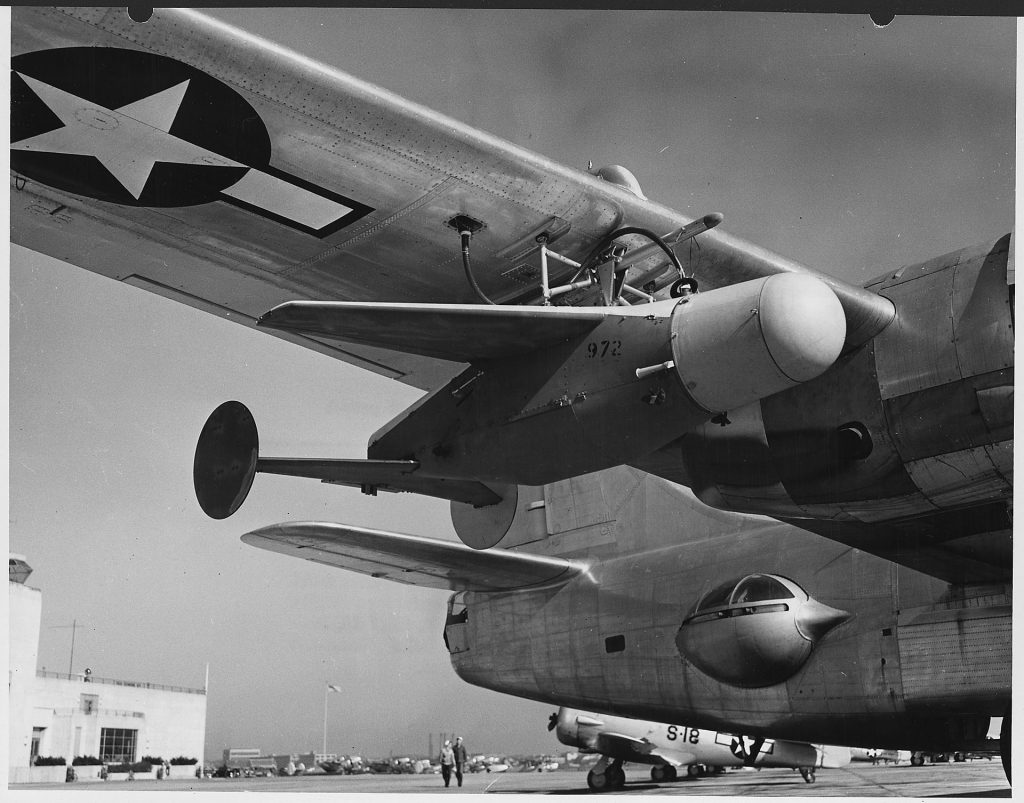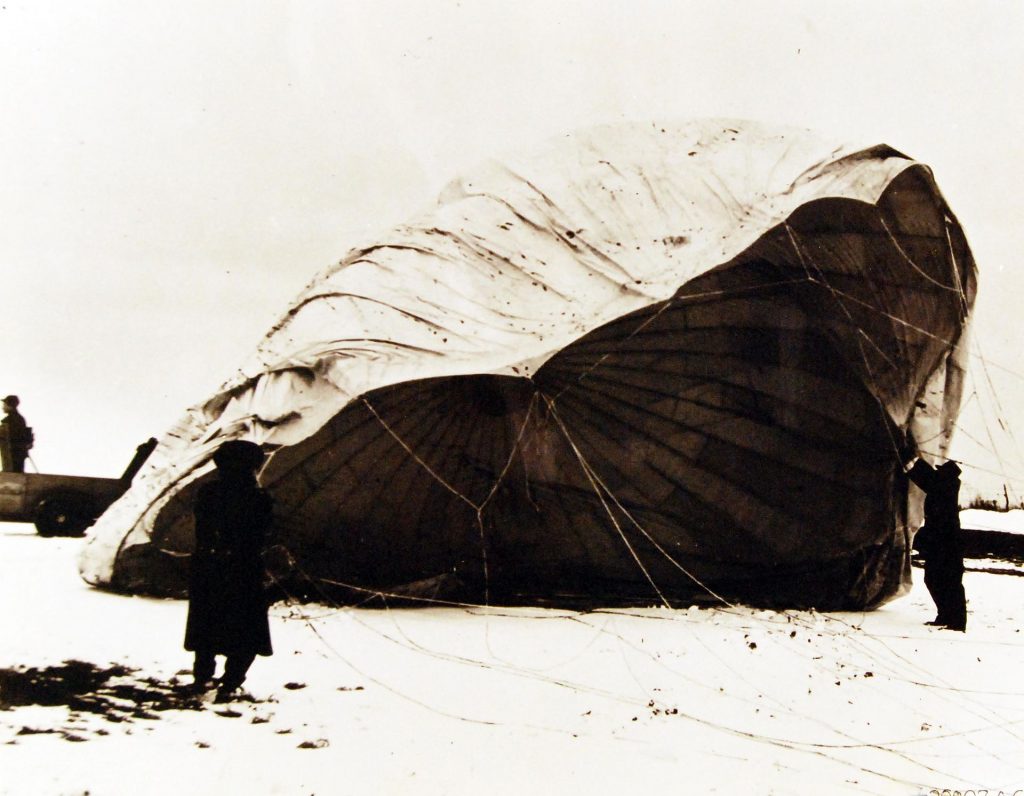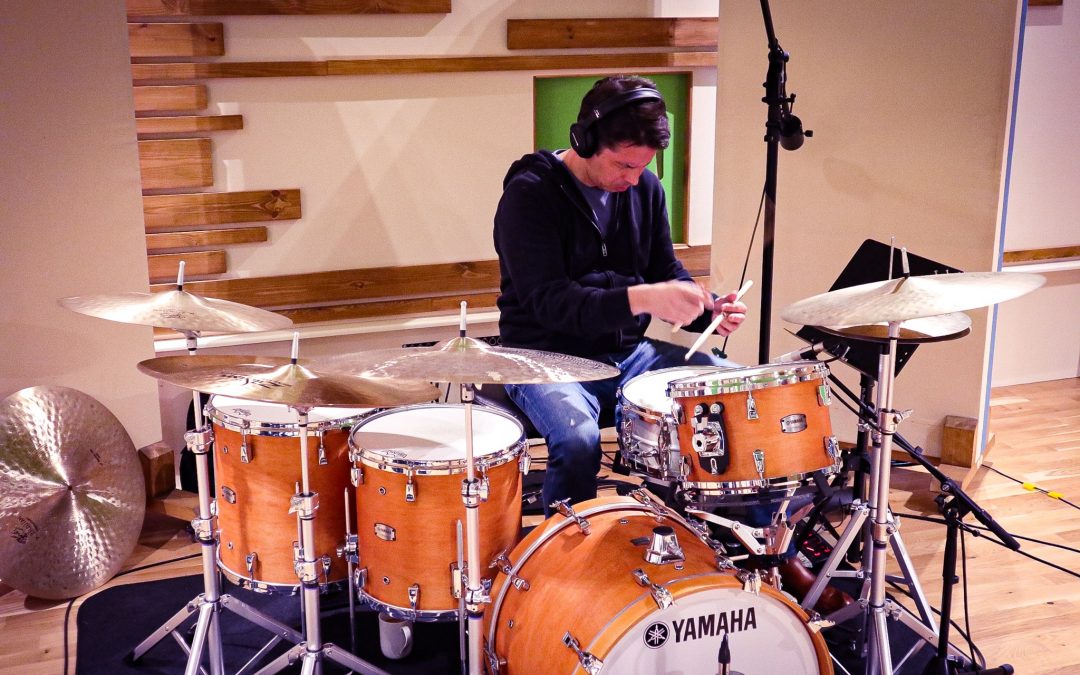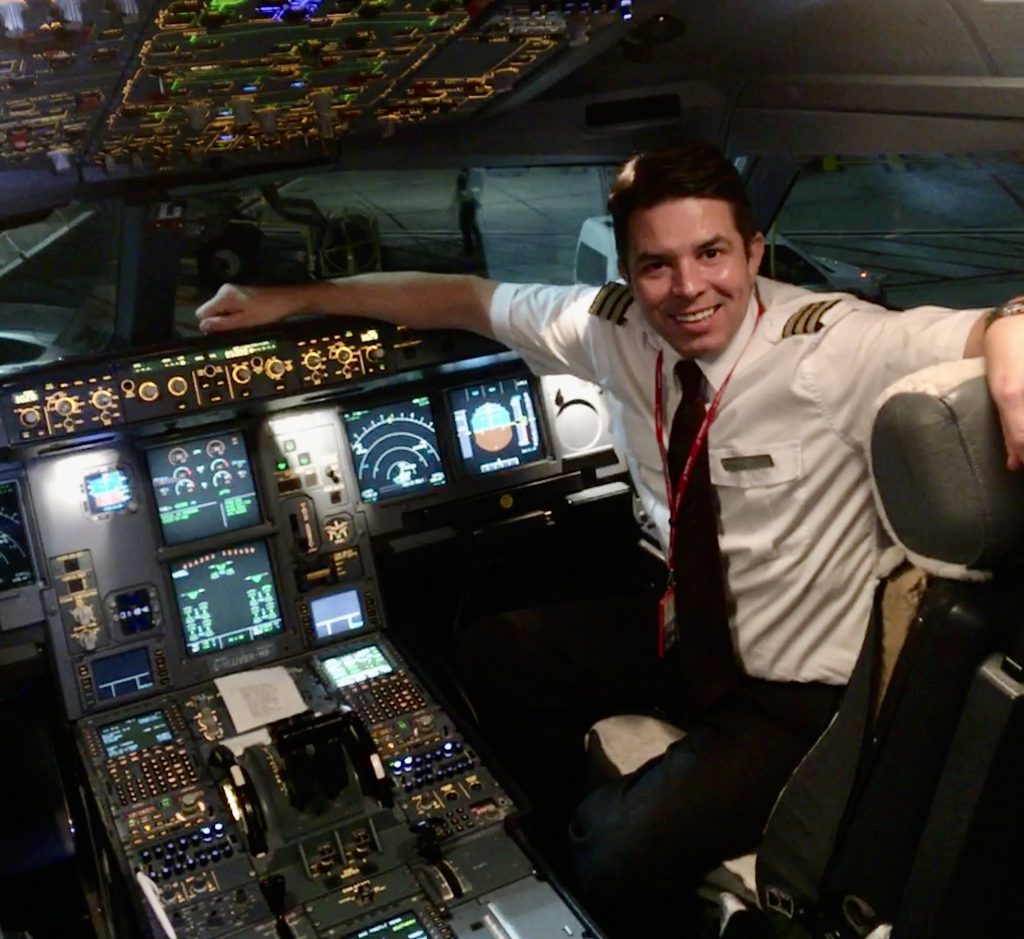
by captjeff | Jul 12, 2020 | Plane Tales
Podcast (pt): Download
On April the 1st 2011, a little known story of intrigue and tension within the usually calm and placid country of Canada came to light. This little known affair which brought the United States and Canada to a breaking point revolved around the purchase of an unusual Fighter for the RCAF. This drama of the 1960s has become notorious in government circles and is variously referred to as, “The Stab in the Back-yard”, “The Fishbed Flap” “The Redhawk Incident” or more ominously “The Canuck Invasion Crisis”.

The Arrow is rolled out.

The Arrow is cancelled and cut up into scrap.

Scrapped portions of the Avro Arrow.

The Mig 21.

The first Canadian CF-121, Redhawk.

441 Sqn, the Stratocasters, are reformed with their Migs.

441 Sqn deploy to their new home in Cold Lake.

The first Redhawk is lost.

A grainy photograph reveals the truth!

The story is out.

Little evidence remains of the CF-121 Redhawk.

The old Cold Lake gate guard.

The truth is finally revealed.
Images published under Creative Commons licence with many thanks to parfaits, the Government of Canada and the amazing Vintage Wings of Canada.

by captjeff | Jul 5, 2020 | Plane Tales
Podcast (pt): Download
I’ve talked a lot about alcohol over the past few Plane Tales and mainly about the negative aspects but it remains one of the few socially acceptable drugs that we can imbibe. With our propensity for travelling the world, fighter jocks, trash haulers, airline crews and the rest, have always managed to find some fascinating watering holes to frequent to let the stress of the day gently drain away in convivial company over a drink or two. With that in mind I asked the crew to tell me about one or two of their favourite establishments.

The brewing and consumption of beer has a long and interesting history.

The Royal Navy rum tub of HMS Cavaller.

Steph’s Ski Bar.

Inside Molly’s.

Great views of the slopes.

The entrance to Rick’s Aero Club of East Africa.

The smell of bourbon, cigarette smoke, aviation gasoline and Wood polish.

The walls are adorned with fascinating artifacts.

And memories of pilots long past.

Because old pilots never die…

One of Jeff’s favourites the Diego Garcia Officer’s Club.

And the Randolph Officers Club.

Under which is found the wonderful old Auger Inn.

The tall windows of the Big Room in the Royal and Ancient golf club.

An evening out in Narita started in the Flyers Bar.

Moved on to the Bon Cafe for all you can eat teppanyaki.

Then to the Barge Inn.

And finally the infamous Truck (Trailer).
Images under Creative Commons licence with thanks to the Library of Congress, Hammersfan, Steph, Rick, Jeff, Nick and Gordon McKinlay.

by captjeff | Jul 1, 2020 | Plane Tales
Podcast (pt): Download
Flying is an environment where the pilot’s senses, coordination and mental faculties are vital to the safe conduct of a flight. Getting airborne having taken something that might impair one’s flying ability is a complete anathema to the vast majority of aviators so it is vital that we look at ourselves and our fellow pilots to recognise those who might need help.

The route taken by Aero 311.

The Bay of Bothnia.

An Aero DC3.

The crash site of Aero 311.

The JAL 8054 DC8 Freighter.

The DC8 crash site.


The Aeroflot Flight 821 crash site.
Images under Creative Commons licence with thanks to the NTSB, Alma Media Suomi Oy, Jjm2311, Ritvara, Aktug Ates, MAK,

by captjeff | Jun 20, 2020 | Plane Tales
Podcast (pt): Download
When the gentlemen aviators of the First World War were looking for protective clothing to wear whilst doing battle over the trenches of the Somme, they visited establishments such as Alfred Dunhill’s where they were invited to alight for the best equipment. This is the story of such wonderful flying garb as the Sidcot Suit, the Irving jacket and the classic American flight and bomber jackets.



A 1930 ‘Sidcot’ suit.

The G1 Navy Flight Jacket.

Steve McQueen in his A2.

Chuck Yeager in his B10.
Images under Creative Commons licence with thanks to the FAST Archive, the Imperial War Museum, Solicitr, USAF, Dunhill’s and Robinson and Cleaver.

by captjeff | Jun 13, 2020 | Plane Tales
Podcast (pt): Download
Necessity is the mother of invention so it’s often during war that the most amazing contrivances are developed… and some of the most ridiculous. This is a look at a few of the less successful wartime inventions!

The Bat Bomb.

During testing, a few bats escaped and disaster followed!

A slab of Pykrete with a bullet mark.


The proposed Pykrete aircraft carrier.

The Bat guided bomb used in Project Pigeon.

The Fu-Go hydrogen balloon bomb.

A Fu-Go balloon found near Bigelow, Kansas on February 23, 1945.

A rendition of the proposed Nazi Sun Gun.
Images under Creative Commons licence with thanks to US Army, US Gov, USAF, CyranoDeWikipedia, Teramatt, US National Archives, and the US Navy Archives.

by captjeff | Jun 4, 2020 | Plane Tales
Podcast (pt): Download
In this, the final part of the Ian Palmer interviews we find out about another life threatening concern that Ian had to deal with and how it led to a wonderful relationship.
After my many years in the world of aviation there aren’t many people I have met who would be willing to open up their lives in the way that Ian has done. In doing so my regard and respect for him has done nothing but grow. Should anybody listening feel that they want to seek Ian out to ask for his help or advice then please contact him at Ian@ianpalmer.com

Brain surgery isn’t for the faint hearted but Ian, with typical understatement, tackled it head on!

Ian, back on the flight deck of his beloved Airbus A330.
Images with thanks to Ian Palmer.
